Home>Garden Essentials>How Deep To Plant Asparagus Seeds
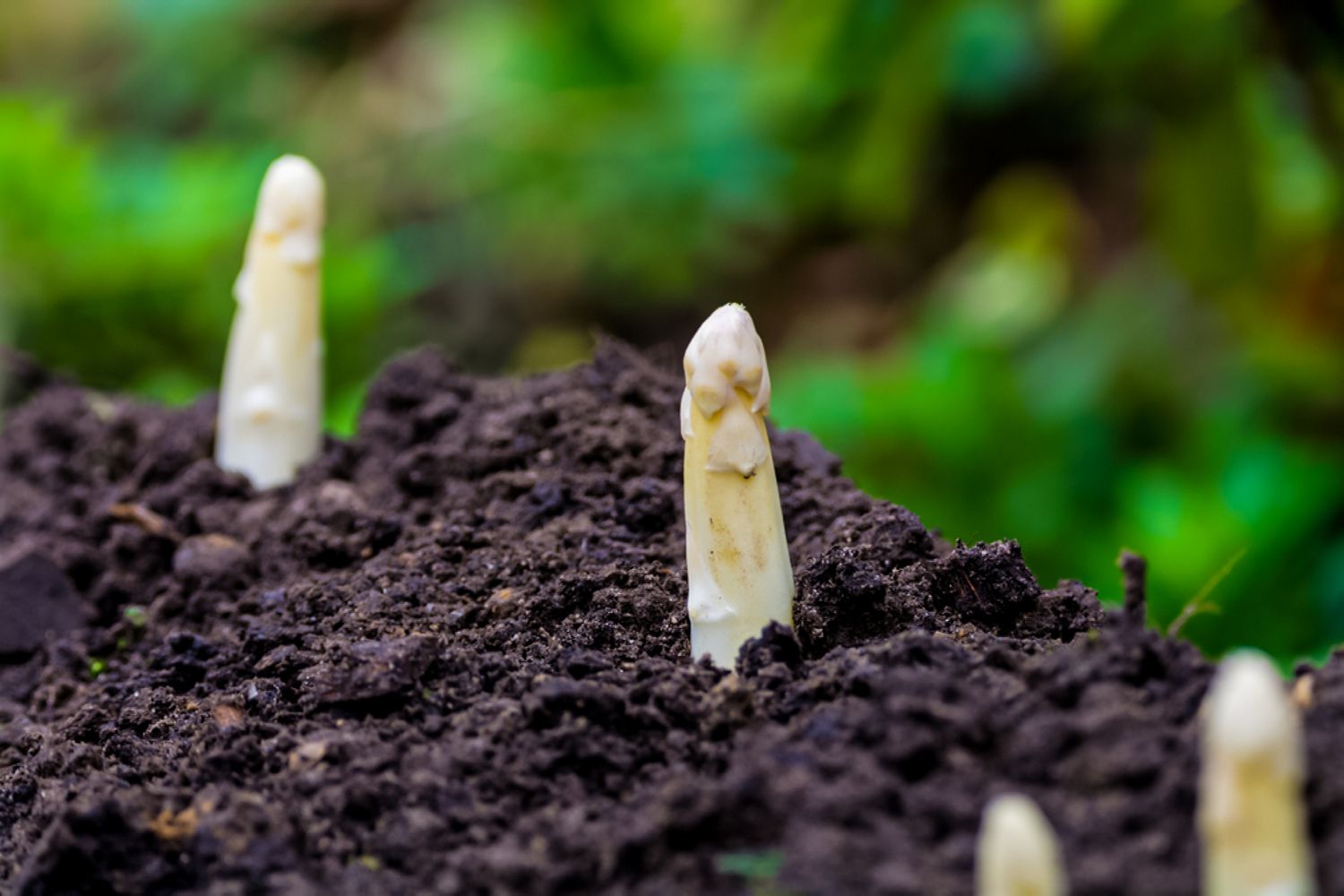

Garden Essentials
How Deep To Plant Asparagus Seeds
Modified: March 21, 2024
Learn the proper depth for planting asparagus seeds in your garden. Find out how to achieve a successful harvest with expert tips and advice.
(Many of the links in this article redirect to a specific reviewed product. Your purchase of these products through affiliate links helps to generate commission for Storables.com, at no extra cost. Learn more)
Introduction
Welcome to the world of gardening! Growing your own vegetables and plants can be a rewarding and fulfilling experience. One vegetable that many gardeners love to grow is asparagus. Asparagus is not only delicious, but it also offers numerous health benefits, making it a popular choice among garden enthusiasts.
While you can purchase asparagus crowns to start your garden, another option is to grow asparagus from seeds. Planting asparagus seeds allows you to have more control over the growing process and can be a fun and exciting project.
However, knowing how deep to plant asparagus seeds is crucial to ensure successful germination and healthy plant growth. In this article, we will explore the factors to consider when planting asparagus seeds, the importance of proper soil preparation, and the optimal planting depth to maximize your chances of a bountiful harvest.
So, let’s dig in and learn everything you need to know about how deep to plant asparagus seeds!
Key Takeaways:
- Plant asparagus seeds 1-2 inches deep in well-draining soil with 6-8 hours of sunlight. Soak seeds before planting and water consistently for successful germination and healthy growth.
- To grow asparagus from seeds, prepare soil with organic matter, space seeds 1-2 inches apart, and water gently after planting. Harvest spears at 6-8 inches for a bountiful crop.
Read more: How Deep To Plant Coneflower Seeds
Factors to Consider
Before diving into the specifics of planting asparagus seeds, it’s essential to consider a few factors that can affect their growth and overall success. By taking these factors into account, you can set yourself up for a thriving asparagus garden.
Climate: Asparagus thrives in cooler climates and requires a period of dormancy during the winter months. If you live in a region with hot and dry summers, growing asparagus may be challenging. However, with proper care and irrigation, it is still possible to cultivate asparagus in warmer climates.
Soil Quality: Asparagus prefers well-draining soil with a pH level between 6.5 and 7.5. It is essential to conduct a soil test before planting to ensure the soil has adequate nutrients and proper drainage. If your soil is heavy or compacted, consider amending it with organic matter, such as compost or aged manure, to improve its texture and fertility.
Sunlight: Asparagus is a sun-loving plant and requires at least 6-8 hours of direct sunlight daily. Choose a planting location that receives ample sunlight throughout the day to promote healthy growth and maximum productivity.
Spacing: Asparagus plants need sufficient space to spread out and grow. Plan your garden bed accordingly, leaving enough room between each plant to accommodate its mature size. Spacing requirements can vary depending on the asparagus variety, so refer to the seed packet or plant label for specific guidelines.
Companion Planting: Consider companion planting with vegetables and flowers that can benefit the growth of asparagus. Plants such as tomatoes, parsley, and marigolds can help deter pests or attract beneficial insects to the garden.
By considering these factors and making the necessary adjustments, you can create an optimal environment for your asparagus seeds to thrive.
Soil Preparation
Preparing the soil is a crucial step in establishing a healthy foundation for your asparagus plants. By providing the right conditions, you can ensure optimal nutrient absorption and promote vigorous growth. Here are the key steps to prepare your soil for planting asparagus seeds:
1. Clear the area: Begin by clearing the planting area of any weeds, rocks, or debris. This will minimize competition for nutrients and space and create a clean slate for your asparagus bed.
2. Loosen the soil: Asparagus plants have deep root systems, so it’s important to loosen the soil to a depth of at least 12 inches. Use a garden fork or a tiller to break up compacted soil and create a loose and friable texture. This will improve drainage and allow the roots to penetrate deeply.
3. Amend the soil: Asparagus plants prefer nutrient-rich soil. Incorporate organic matter, such as compost, aged manure, or leaf mold, into the soil to enhance its fertility. Spread a layer of organic matter over the planting area and mix it thoroughly with the existing soil using a garden fork or tiller.
4. Test and adjust the pH: As mentioned earlier, asparagus prefers soil with a pH level between 6.5 and 7.5. Use a soil testing kit to determine the pH level of your soil. If the pH is too acidic (below 6.5), you can raise it by adding lime. If it is too alkaline (above 7.5), you can lower it by incorporating sulfur or peat moss into the soil. Follow the product instructions for the recommended application rates.
5. Level the soil: Rake the soil surface to ensure it is level and free of large clumps. This will create an even planting surface and facilitate proper water distribution.
By following these steps and preparing the soil beforehand, you will provide your asparagus seeds with the best possible environment to grow and thrive.
Planting Depth
Knowing the proper planting depth is crucial when it comes to planting asparagus seeds. Planting too shallow or too deep can impact their germination and overall growth. Here are some guidelines on how deep to plant asparagus seeds:
1. Seed soaking: Before planting, it is recommended to soak the asparagus seeds in warm water for about 12-24 hours. This helps to soften the seed coat and promote faster germination.
2. Digging furrows: To ensure the proper planting depth, dig furrows in the prepared soil. The furrows should be approximately 1-2 inches deep and spaced at least 12-18 inches apart. These furrows will be where you sow the asparagus seeds.
3. Seed spacing: Asparagus seeds should be spaced about 1-2 inches apart within each furrow. This spacing allows the young seedlings to have enough room to grow without overcrowding each other.
4. Covering the seeds: Once the seeds are placed in the furrows, cover them with a thin layer of fine soil or compost. The layer should be about ½ inch thick, as this provides adequate coverage without smothering the seeds.
5. Watering: After planting, gently water the furrows to ensure good seed-to-soil contact. This will help the seeds settle in and start the germination process. Keep the soil consistently moist, but not waterlogged, throughout the germination period.
6. Germination time: Asparagus seeds typically take about 2-3 weeks to germinate. During this time, it’s important to monitor the moisture levels and ensure the seeds are receiving adequate sunlight for optimal growth.
By following these planting depth guidelines, you can give your asparagus seeds the best chance of germinating successfully and establishing strong, healthy plants. Remember to be patient, as asparagus is a perennial crop that will continue to produce for many years to come.
Plant asparagus seeds 1/2 inch deep in well-draining soil. Keep the soil consistently moist but not waterlogged. As the seedlings grow, gradually increase the depth of the soil to encourage strong root development.
Seed Sowing Techniques
When it comes to sowing asparagus seeds, there are a few techniques you can employ to increase the chances of successful germination and robust plant growth. Here are some seed sowing techniques to consider:
1. Direct Sowing: Direct sowing refers to planting asparagus seeds directly into the garden bed where they will grow. This method is often preferred as it allows the seeds to adapt to their final growing environment right from the start. Follow the planting depth guidelines mentioned earlier and sow the seeds in well-prepared soil. Make sure to space the seeds appropriately and cover them with a thin layer of soil or compost.
2. Seed Trays or Pots: Another option is to start your asparagus seeds indoors in seed trays or pots. This method provides more control over the growing conditions and allows you to transplant the seedlings once they are stronger. Fill the trays or pots with quality seed-starting mix and sow the seeds according to the recommended planting depth. Place the trays or pots in a warm and well-lit area, ensuring they receive proper sunlight or artificial light if necessary.
3. Transplanting Seedlings: If you choose to start your asparagus seeds indoors, transplant the seedlings once they have developed a few sets of true leaves and are strong enough to handle outdoor conditions. When transplanting, carefully lift the seedlings from the seed tray or pot and gently place them into the garden bed. Ensure they are spaced according to the recommended guidelines and water them well after planting.
4. Succession Planting: Asparagus is a perennial vegetable that takes time to establish and produce a significant harvest. To maximize your asparagus yield, consider practicing succession planting. This involves sowing multiple rounds of seeds at different intervals. By doing so, you can stagger the maturity of your plants and have a continuous supply of asparagus throughout the growing season.
5. Seed Saving: If you’ve successfully grown asparagus from seeds, you can save the seeds from mature plants for future planting. Allow the fern-like foliage of the asparagus plants to mature and produce seeds. Harvest the seed pods once they turn brown and dry. Thoroughly dry the pods and remove the seeds for storage in a cool, dry place until you’re ready to sow them.
By utilizing these sowing techniques, you can increase your chances of successful asparagus seed germination and establish a thriving asparagus garden.
Read more: How Deep To Plant Cauliflower Seeds
Watering and Care
Proper watering and care are essential for the healthy growth and development of asparagus plants. Adequate water ensures that the plants receive the necessary hydration to thrive, while diligent care helps to prevent issues and maximize productivity. Here are some tips for watering and caring for your asparagus plants:
1. Watering: Asparagus plants require consistent moisture, especially during their early stages of growth. Keep the soil evenly moist, but not waterlogged, to prevent rot and other diseases. Deep, infrequent watering is preferred over frequent shallow watering. Aim to provide about 1-1.5 inches of water per week, either through rainfall or irrigation.
2. Mulching: Applying a layer of mulch around the asparagus plants helps to retain soil moisture, suppress weed growth, and maintain a more consistent soil temperature. Use organic mulch, such as straw, wood chips, or compost, and apply it around the base of the plants, leaving a few inches of space around the stems.
3. Fertilizing: Asparagus plants are heavy feeders and benefit from regular fertilization. Apply a balanced, all-purpose fertilizer or a specifically formulated fertilizer for asparagus in early spring before the spears emerge. Follow the product instructions for the recommended application rates. Avoid over-fertilization, as this can lead to excessive foliage growth and reduced spear production.
4. Weed Control: Regular weeding is crucial to keep the asparagus bed free of competition. Weed between the rows and around the plants carefully to avoid damaging the delicate asparagus roots. Mulching also helps to suppress weed growth and reduce the need for constant weeding.
5. Pest and Disease Management: Monitor your asparagus plants for common pests such as aphids, asparagus beetles, and slugs. Insecticidal soaps or organic insecticides can be used to control these pests. As for diseases, ensure proper spacing between plants for good airflow and avoid overhead watering to minimize the risk of fungal diseases. Remove any diseased foliage or spears promptly to prevent the spread of infection.
6. Harvesting: Asparagus spears should be harvested when they reach 6-8 inches in height, using a sharp knife or scissors to cut them at ground level. Harvesting stimulates the plant to produce more spears, so continue harvesting as long as new spears emerge. However, stop harvesting in late spring to allow the remaining spears to grow into mature ferns, which will provide energy for the next year’s crop.
By providing consistent water, regular care, and diligent pest management, you can ensure that your asparagus plants remain healthy and productive throughout the growing season.
Harvesting and Maintenance
Harvesting and maintenance are crucial aspects of growing asparagus. Proper harvesting techniques ensure that you enjoy a bountiful and prolonged harvest, while regular maintenance keeps your plants healthy and productive. Here’s what you need to know about harvesting and maintaining your asparagus plants:
Harvesting:
- Begin harvesting asparagus spears when they reach a height of 6-8 inches. This typically occurs in the second or third year after planting, as it allows the plants to establish a robust root system.
- To harvest, use a sharp knife or garden scissors to cut the spears at ground level. Avoid pulling or twisting, as this can damage the plants.
- Harvest spears consistently as they emerge, usually every 2-3 days during peak production. This will encourage the growth of new spears.
- Stop harvesting in late spring to allow the remaining spears to grow into mature ferns. These ferns will replenish the energy stores of the plant for the next year’s crop.
Maintenance:
- Keep the asparagus bed free from weeds. Regular weeding is essential to prevent weed competition for nutrients and water. You can mulch between the rows and around plants to suppress weed growth.
- Monitor your asparagus plants for pests and diseases. Common pests include asparagus beetles and aphids. Inspect your plants regularly and take appropriate measures, such as handpicking or using organic insecticides if necessary.
- Ensure proper irrigation. Asparagus plants require consistent moisture, especially during the growing season. Aim to provide 1-1.5 inches of water per week, either through rainfall or irrigation.
- Apply a balanced fertilizer in early spring before spears emerge to provide adequate nutrients. Follow the product instructions for the recommended application rates.
- Prune the mature ferns in late winter or early spring before new growth begins. Cut them back to ground level to remove any dormant foliage and make way for new spears.
- Consider dividing and transplanting mature plants every few years to maintain their vigor and productivity. This can help rejuvenate the asparagus bed and prevent overcrowding.
By following proper harvesting techniques and maintaining your asparagus plants, you can ensure a consistent and high-quality harvest year after year. Regular care and attention will contribute to the longevity and productivity of your asparagus bed.
Conclusion
Growing asparagus from seeds can be a rewarding and satisfying experience. By understanding the factors to consider, preparing the soil, planting at the proper depth, and providing adequate care, you can establish a healthy and productive asparagus garden.
Remember to consider the climate, soil quality, sunlight, spacing, and companion planting when planning your asparagus bed. Take the time to prepare the soil by clearing the area, loosening the soil, and amending it with organic matter. Ensure you sow the asparagus seeds at the recommended depth, providing proper water, and caring for the plants diligently.
Throughout the growing season, maintain proper watering practices, mulch to retain moisture and suppress weeds, and provide regular fertilization. Keep a watchful eye for pests and diseases, taking appropriate measures to control them. Harvest the spears at the right height and frequency, allowing the remaining ones to grow into mature ferns.
By following these guidelines, you can enjoy a bountiful crop of asparagus year after year. The time and effort invested in planting and caring for your asparagus seeds will be rewarded with a delicious and nutritious harvest. So, take the plunge, plant those asparagus seeds, and enjoy the satisfaction of growing your own fresh, homegrown asparagus!
Frequently Asked Questions about How Deep To Plant Asparagus Seeds
Was this page helpful?
At Storables.com, we guarantee accurate and reliable information. Our content, validated by Expert Board Contributors, is crafted following stringent Editorial Policies. We're committed to providing you with well-researched, expert-backed insights for all your informational needs.
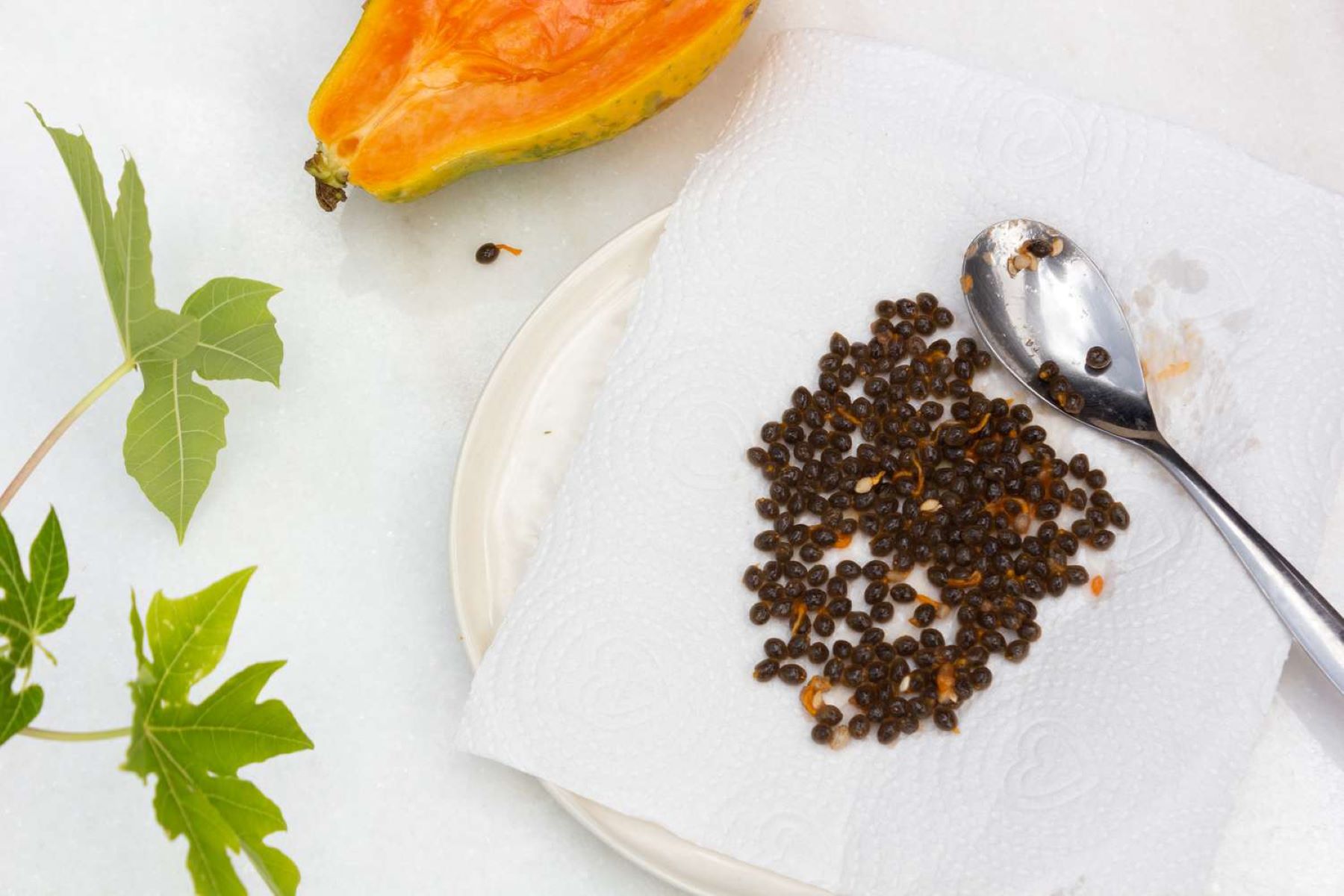
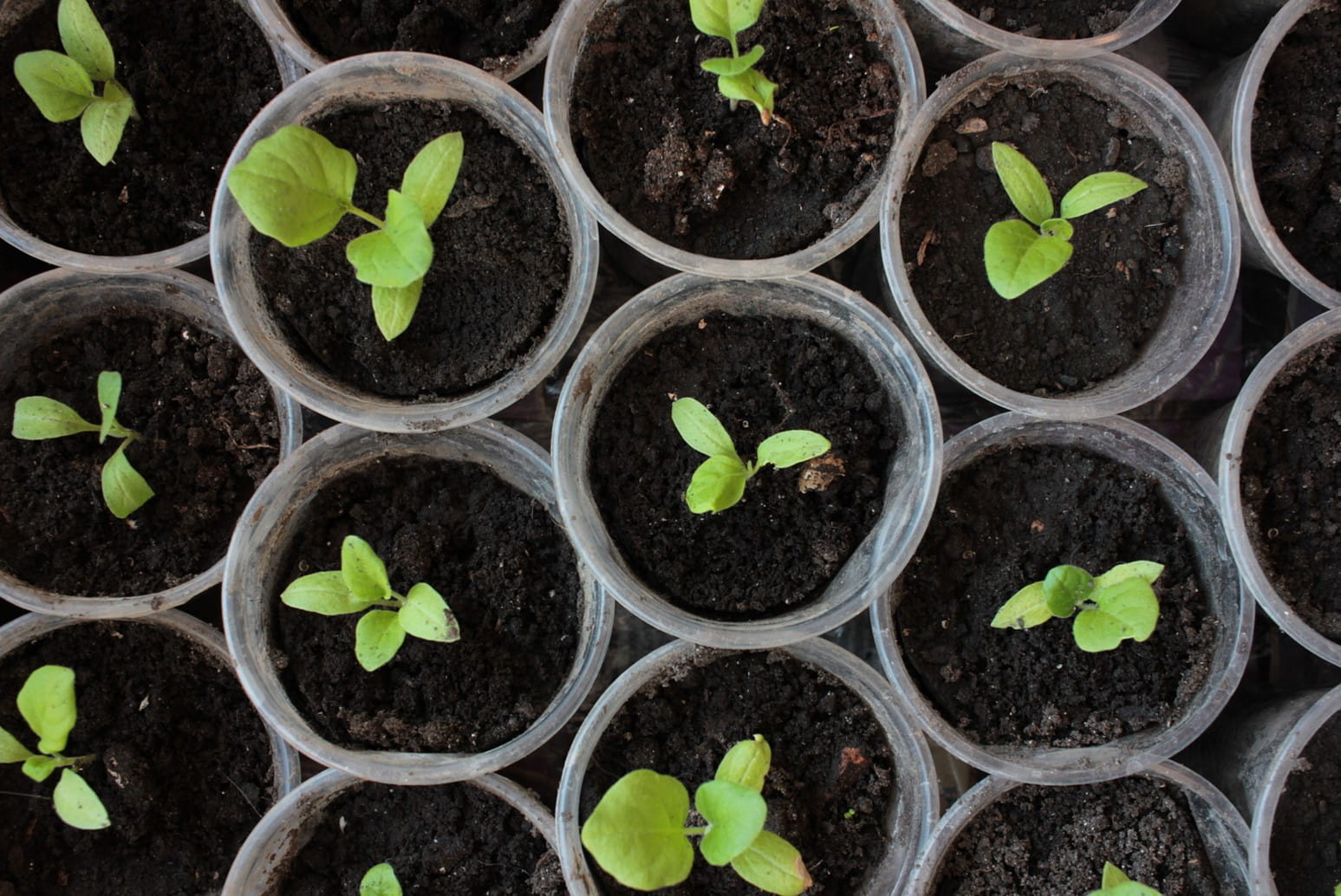
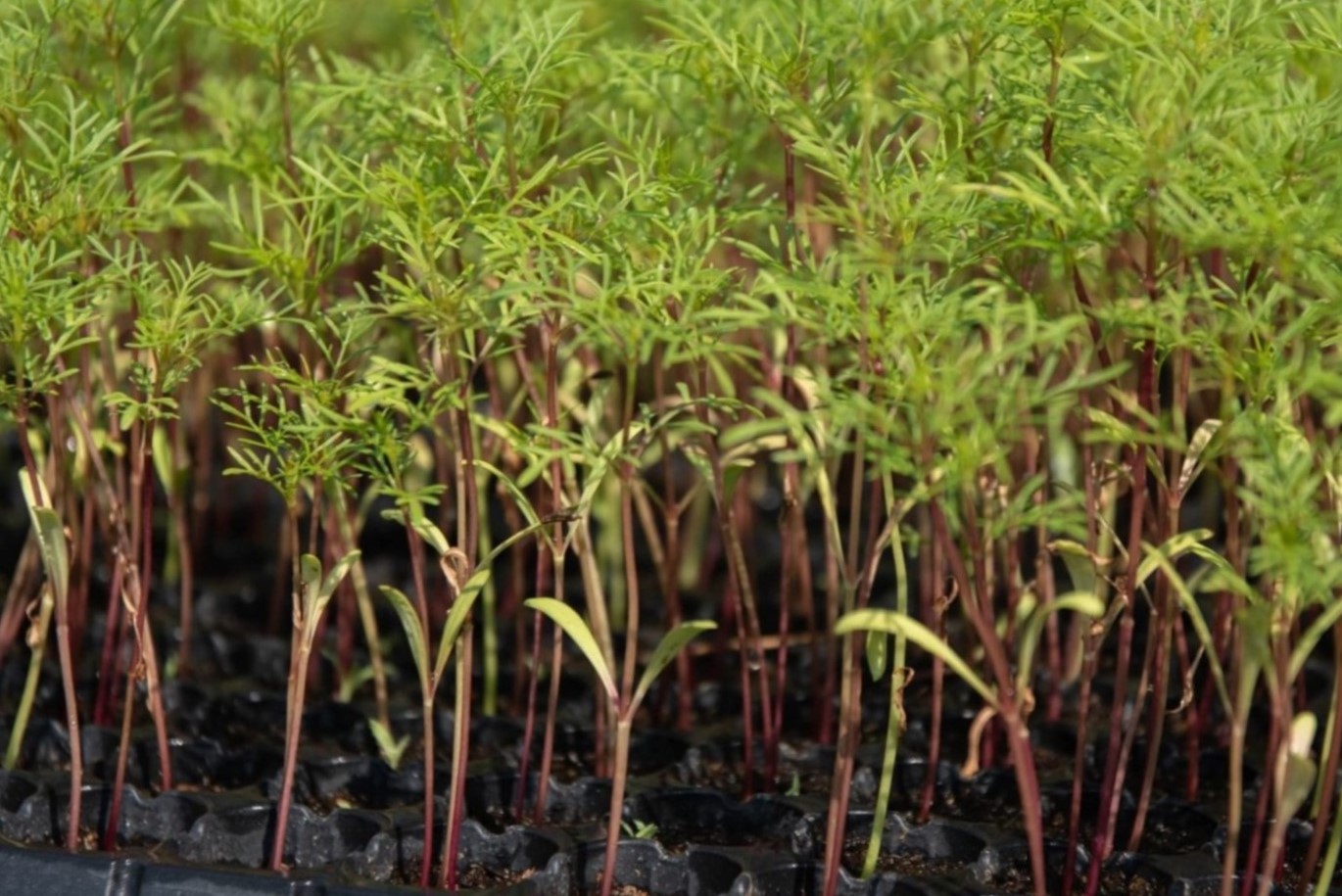
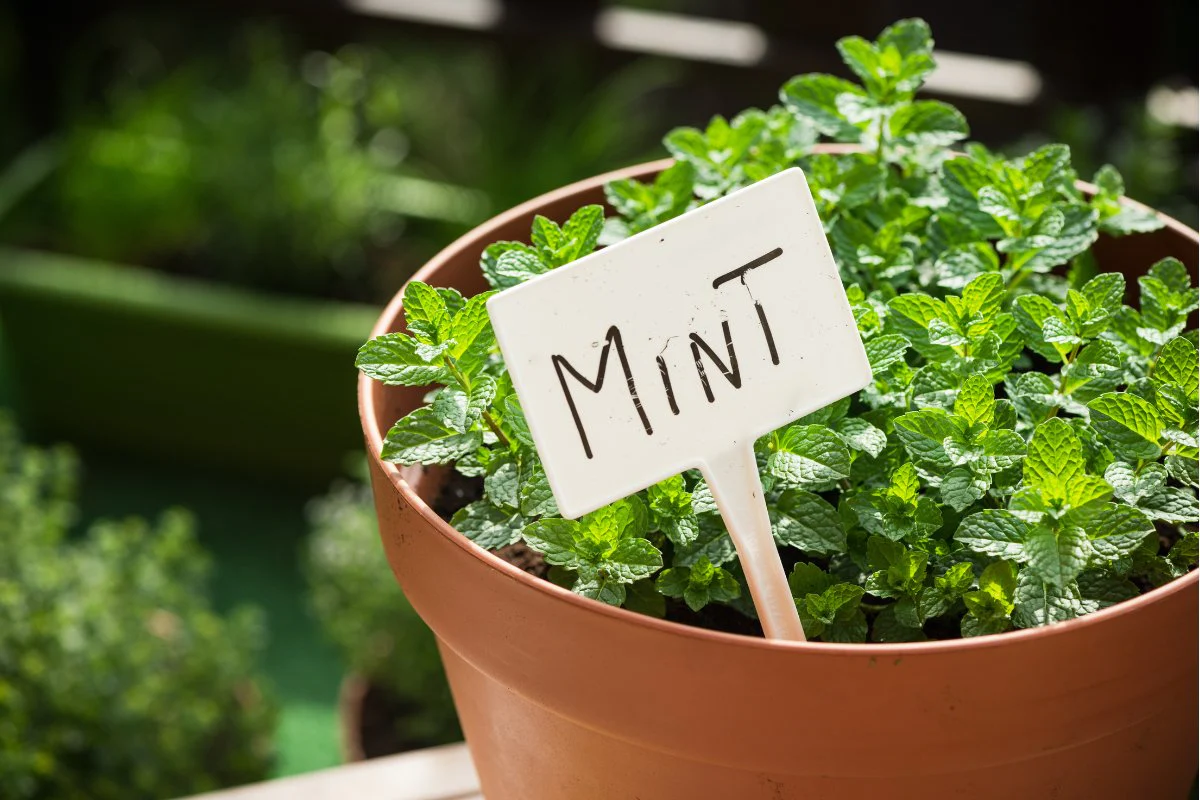
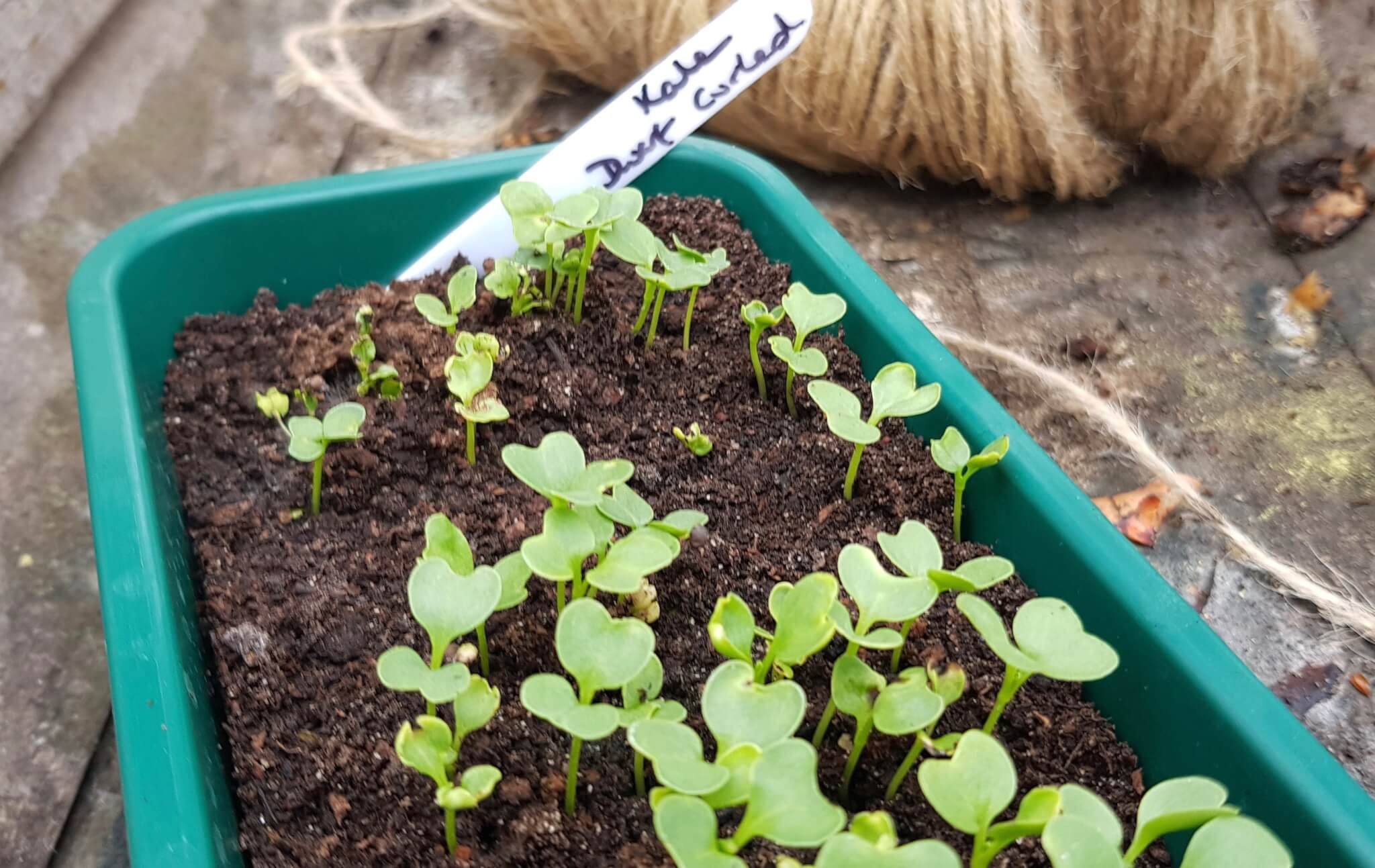
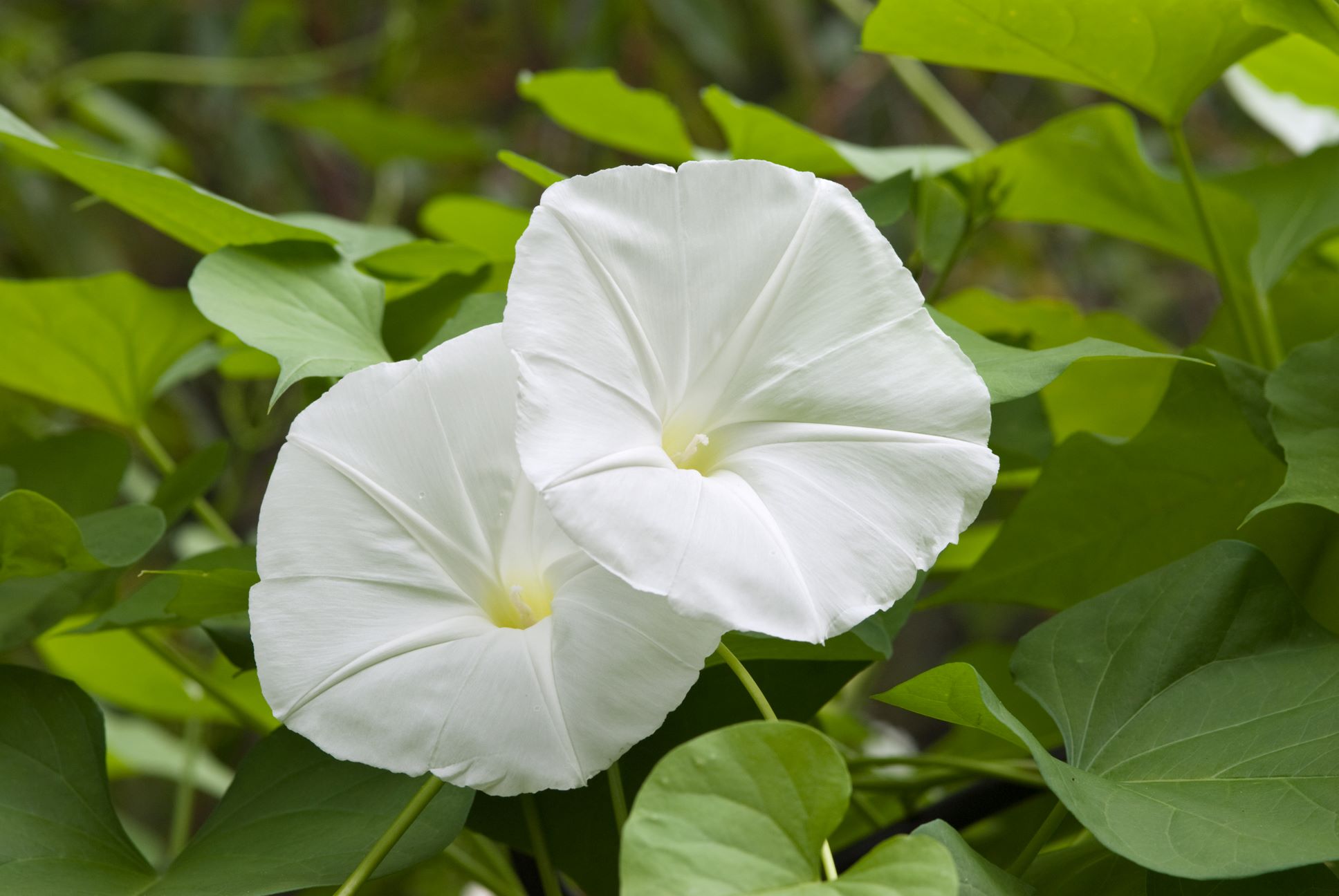
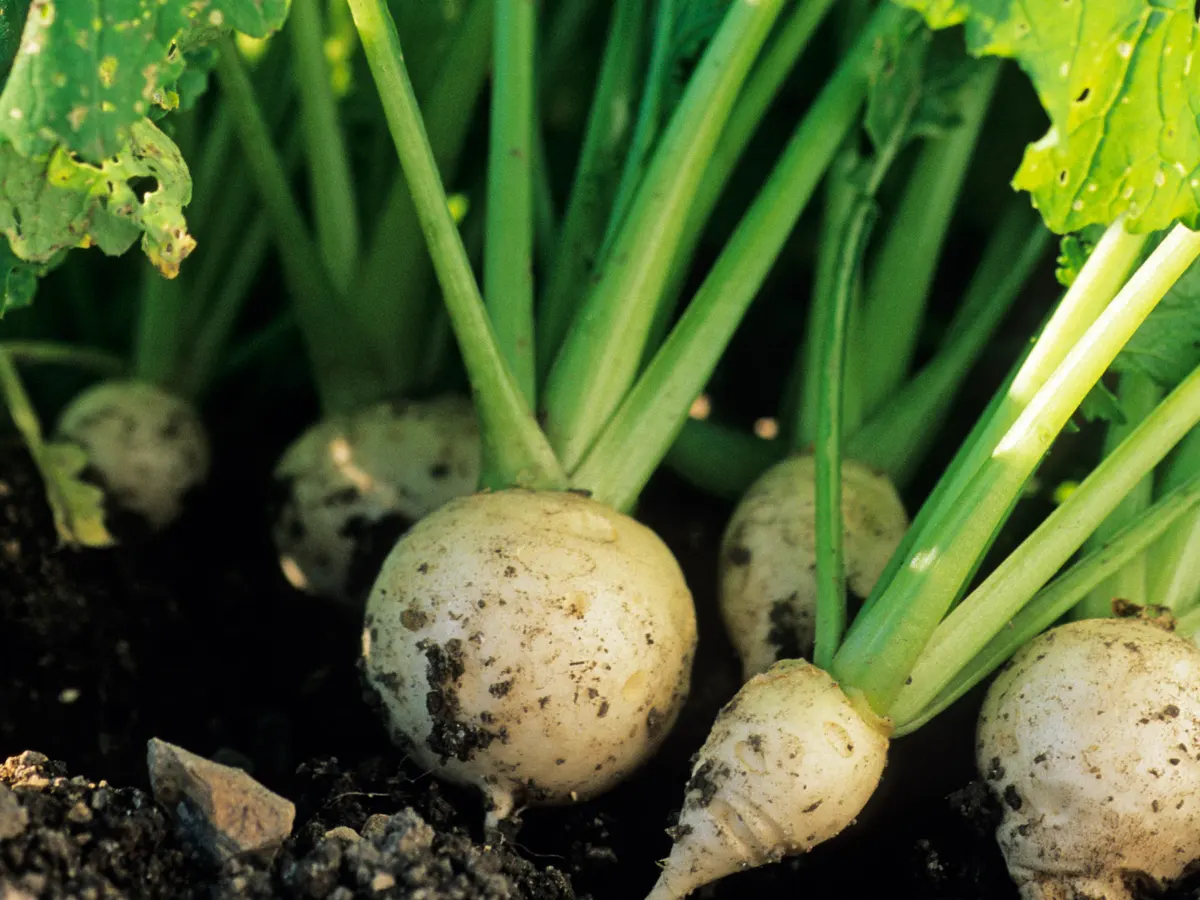
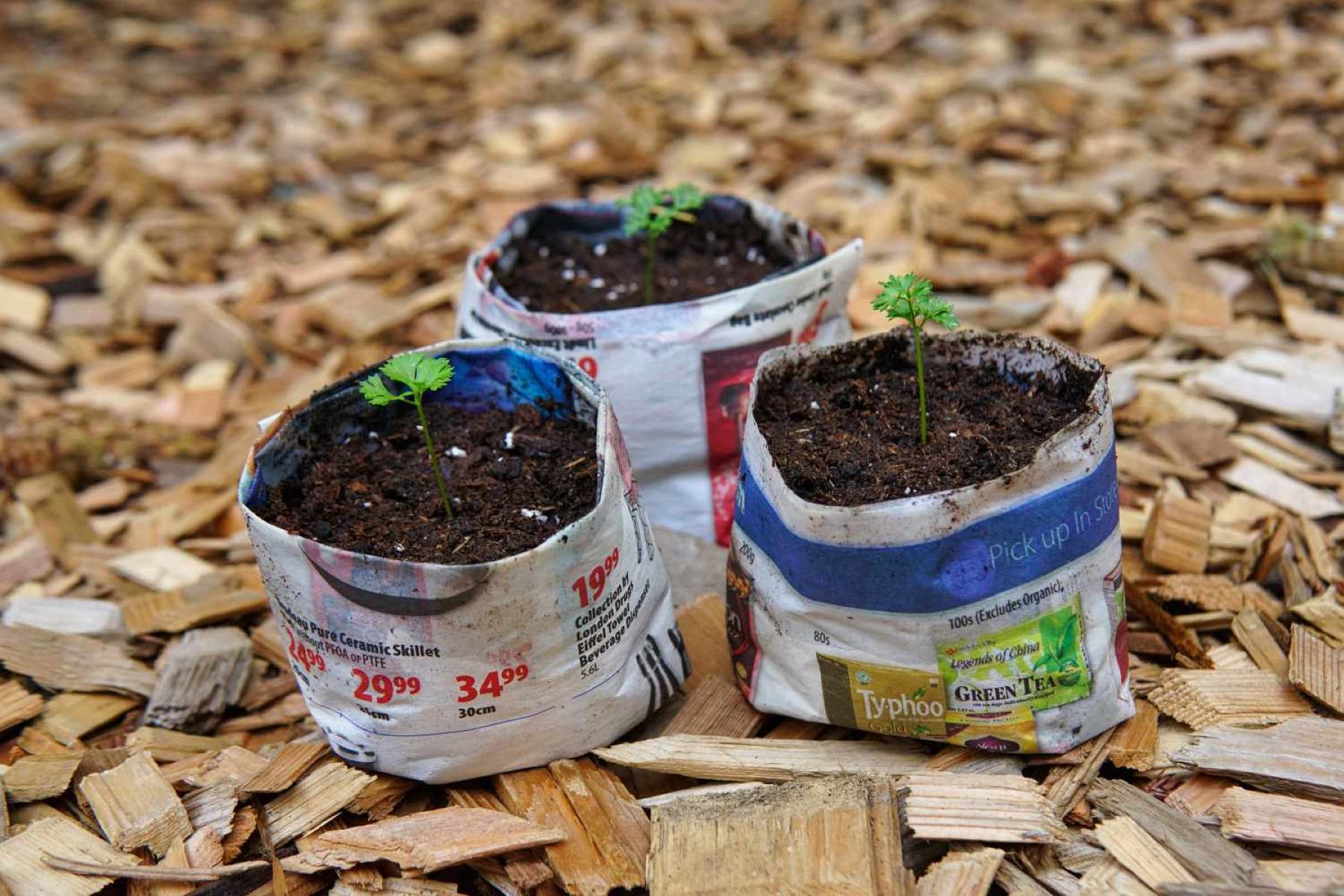
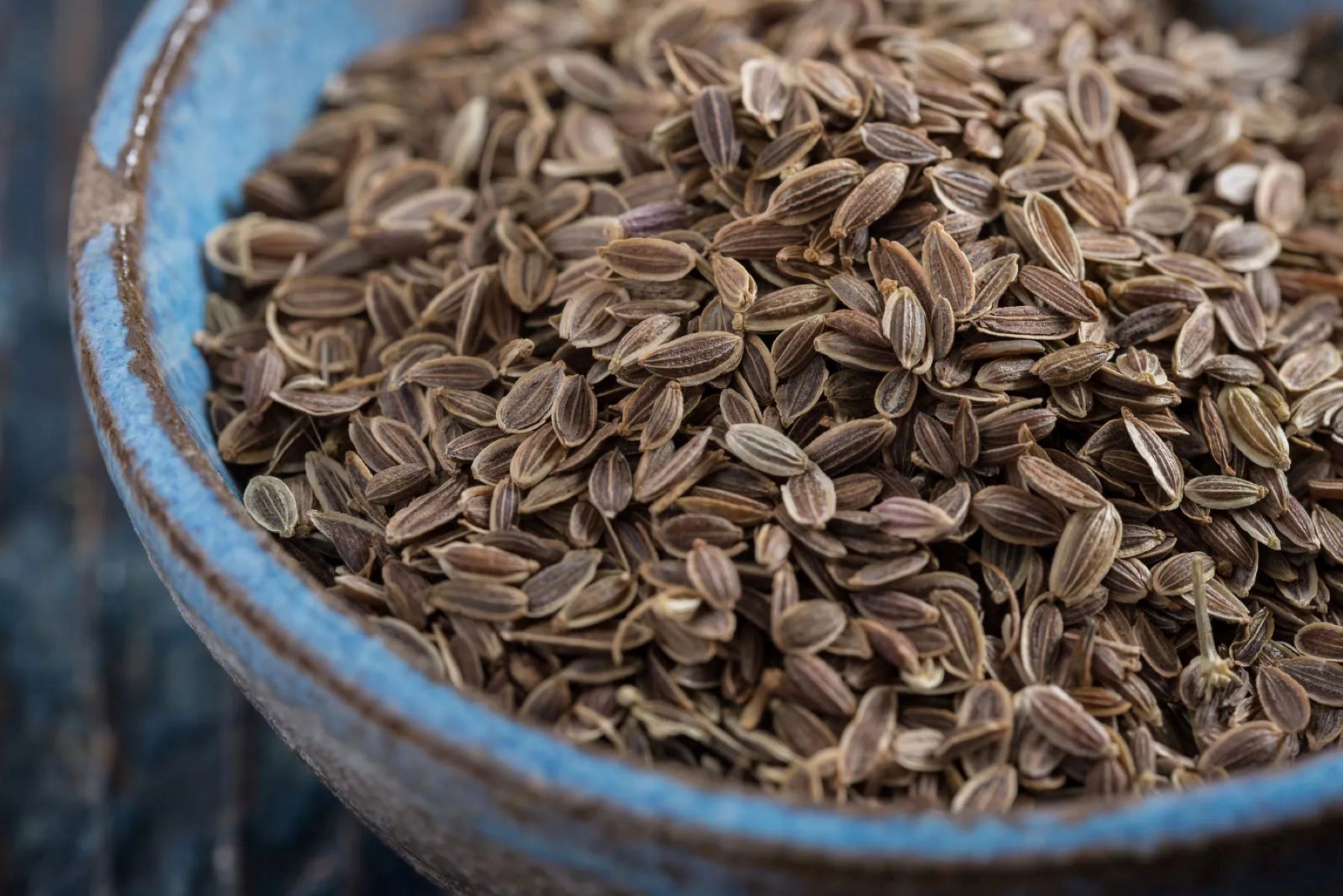
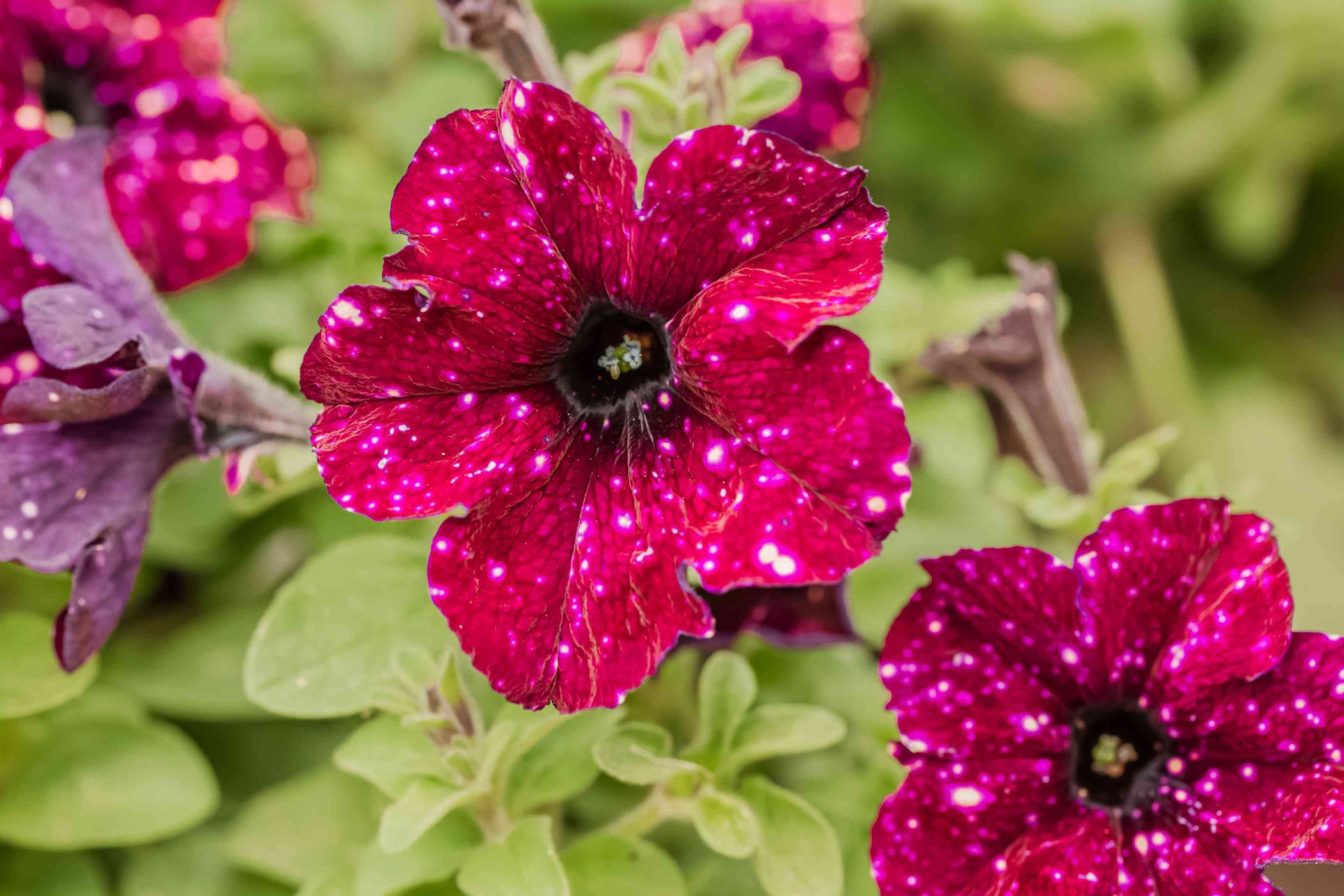
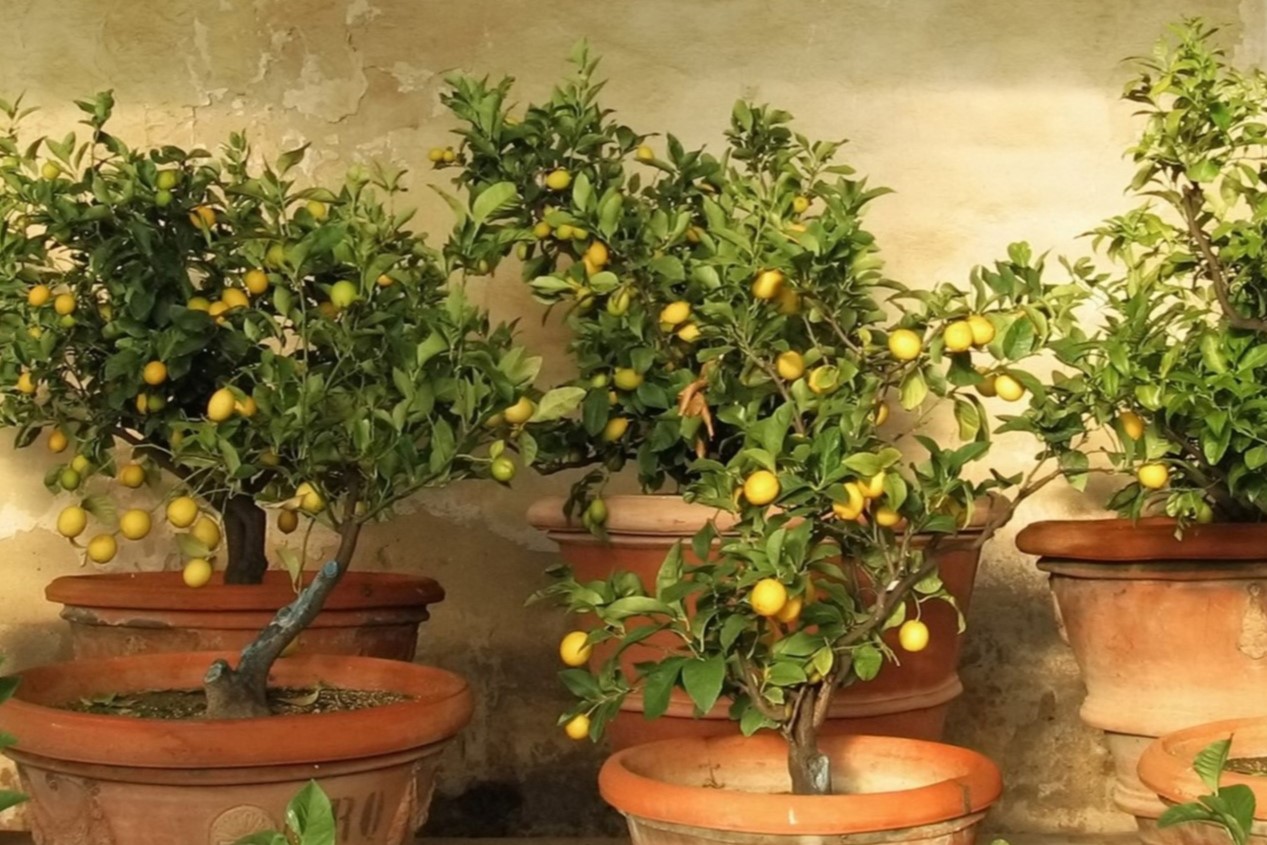


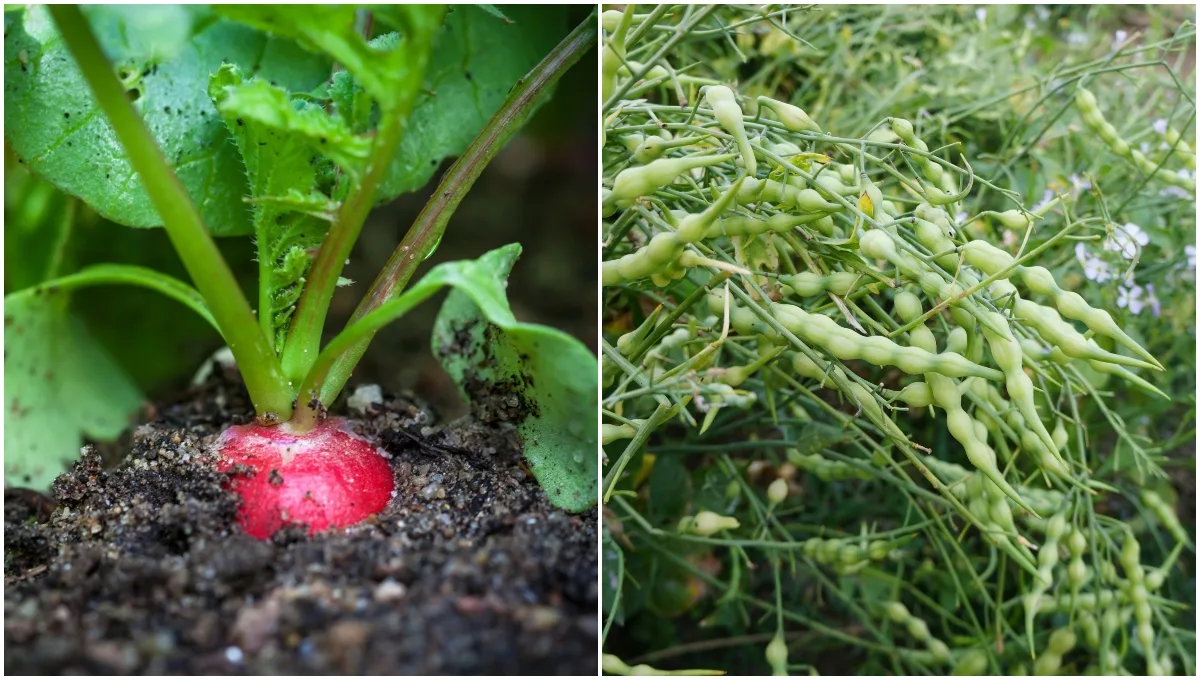

0 thoughts on “How Deep To Plant Asparagus Seeds”